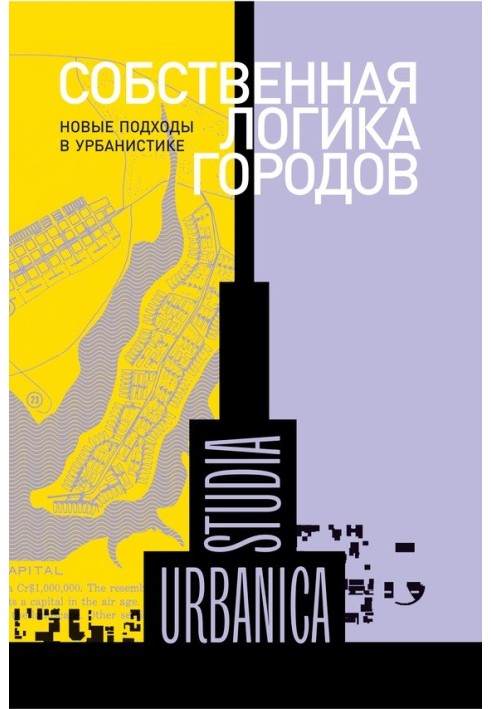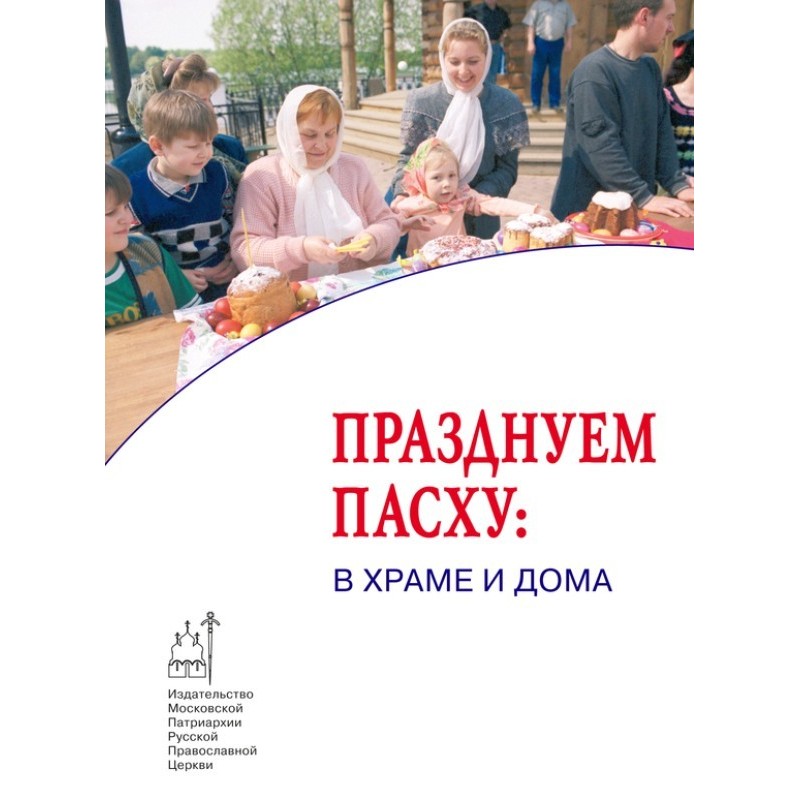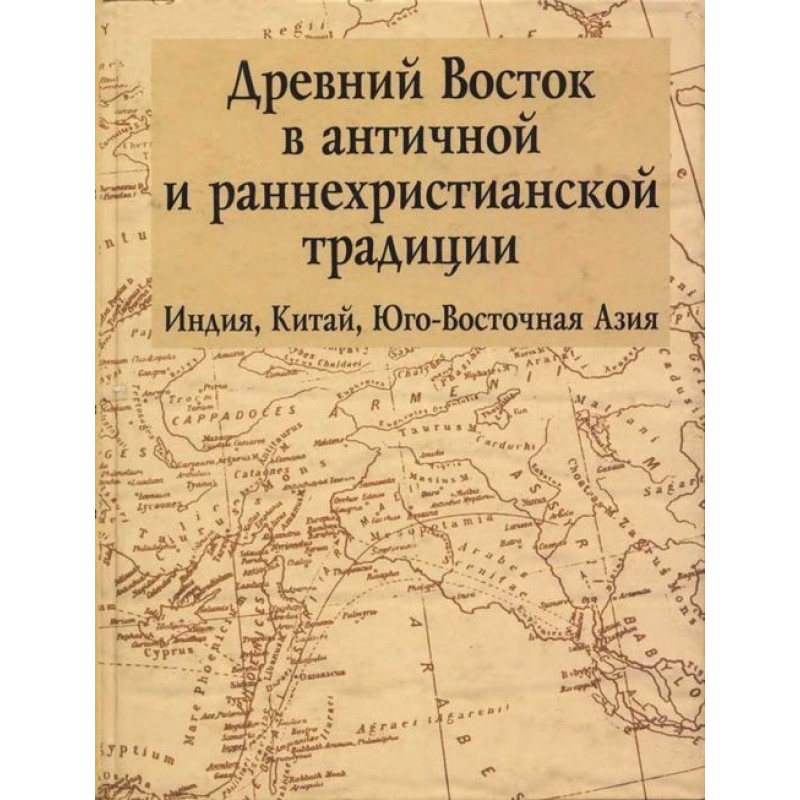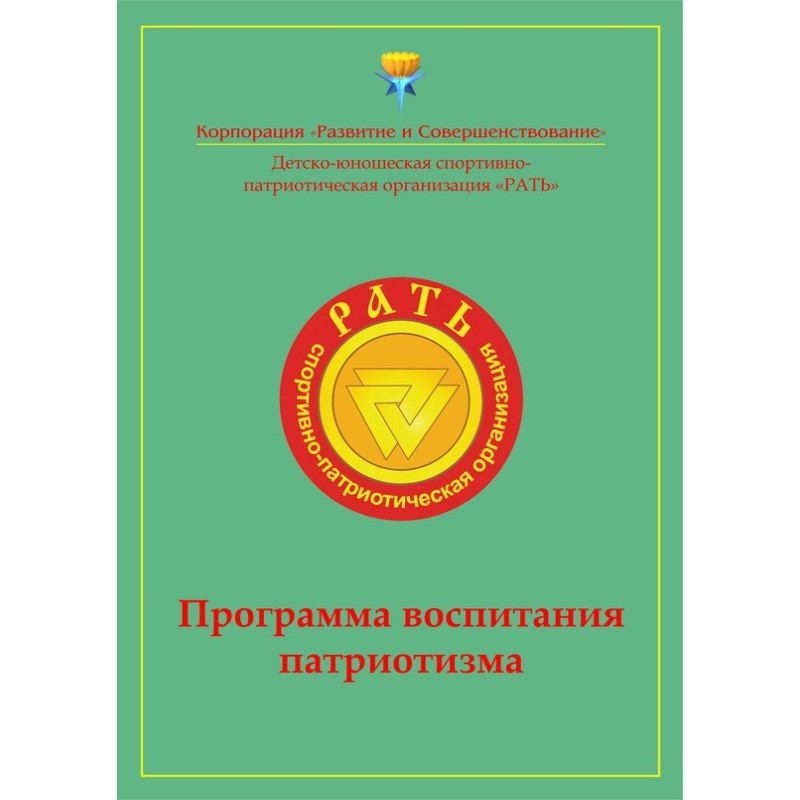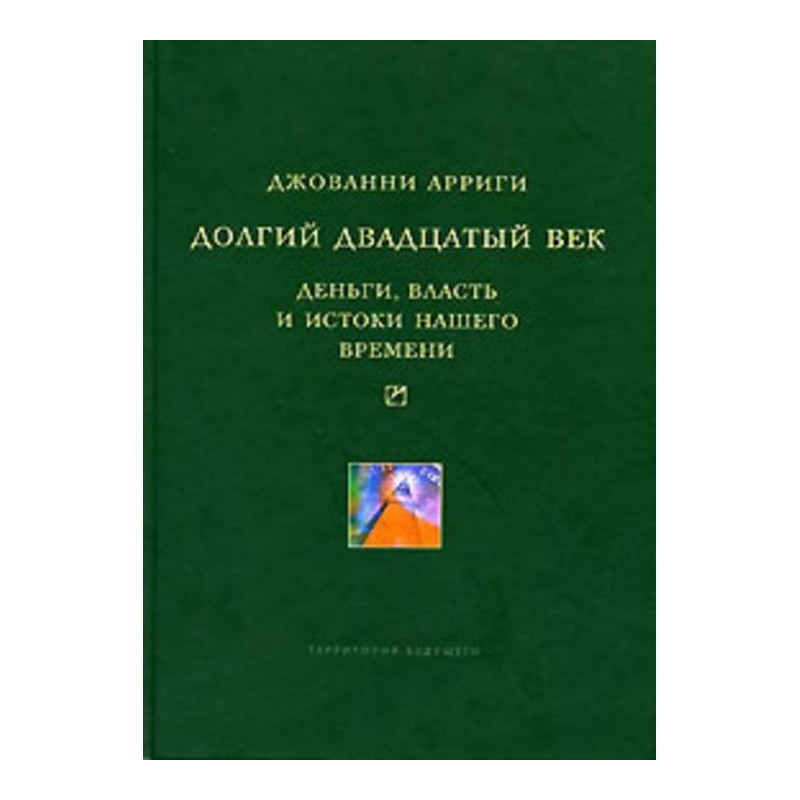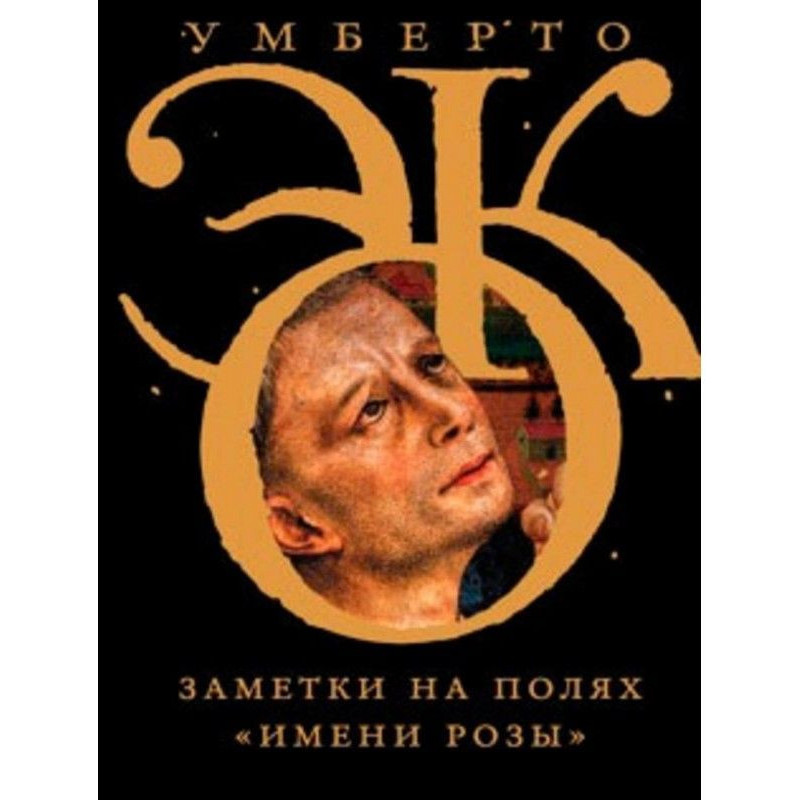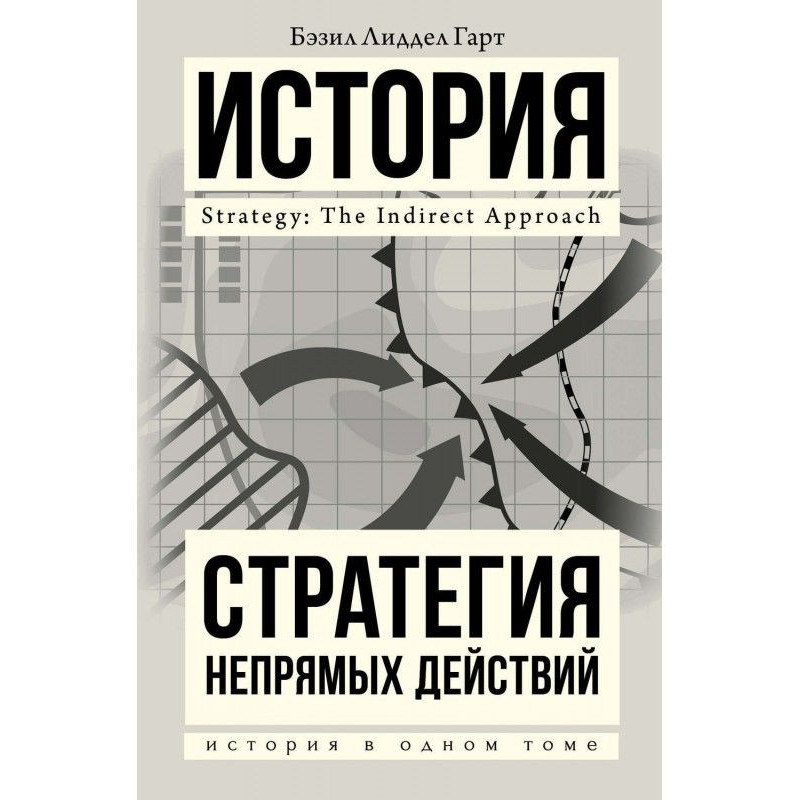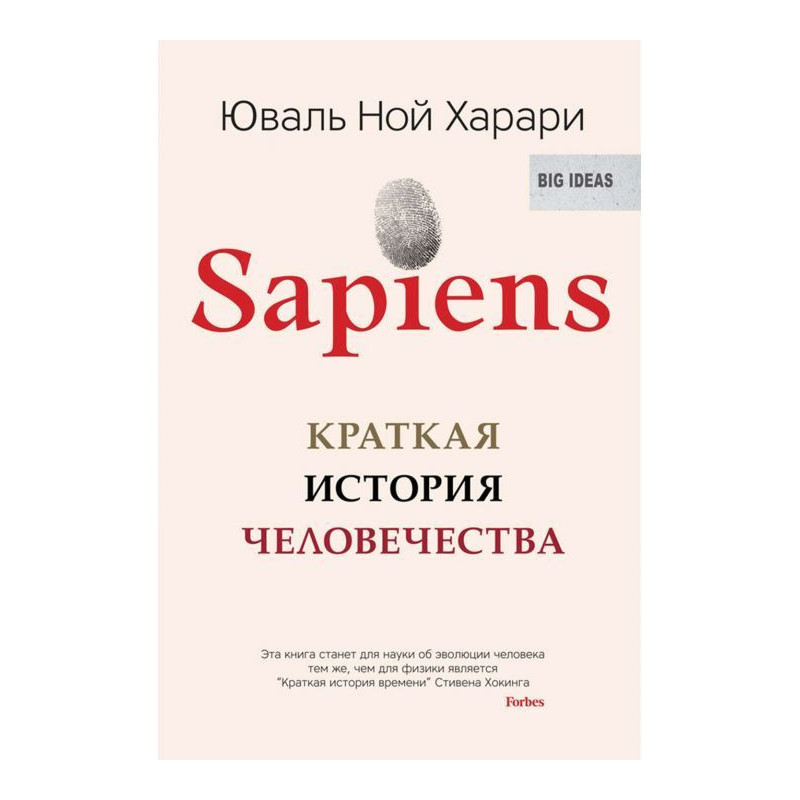Cities' own logic. New approaches in urbanism
 Instant download
Instant download
after payment (24/7)
 Wide range of formats
Wide range of formats
(for all gadgets)
 Full book
Full book
(including for Apple and Android)
The book is the result of a series of interdisciplinary studies united by the concept of “urban logic,” which offers an alternative to the established tradition of viewing the city primarily as a mirror of social processes. The “own logic of cities” is an approach that demonstrates how it is possible to focus on the distinctiveness and heterogeneity of individual cities in order to establish specific patterns associated with the differences of one city from another, drawing on each of them’s own “logic”. The question of theoretical tools that make it possible to describe such patterns becomes the subject of critical discussion in the book. In particular, the authors discuss and use concepts such as “urban habitus”, “city imaginaries”, urban “knowledge landscapes”, etc. Particular attention is paid in this regard to a comparative perspective and different types of relations between cities. As examples, the book compares a number of European cities - such as Berlin and Jena, Frankfurt and Hamburg, Sheffield and Manchester. African cities are examined separately from the point of view of their “own logic”.
Data sheet
- Name of the Author
- Collective of authors
Мартина Лёв
Хельмут Беркинг - Language
- Ukrainian
- Release date
- 2017
- Translator
- Кирилл Алексеевич Левинсон
Reviews
Вражаюче дослідження урбаністики
Книга "Власна логіка міст" є справжнім відкриттям для всіх, хто цікавиться урбаністикою та соціальними науками. Автори пропонують свіжий погляд на міста, акцентуючи увагу на їхній унікальності та різноманітності, що дозволяє читачеві зрозуміти, як різні фактори формують специфіку кожного з них. Концепція "власної логіки" міст відкриває нові горизонти для досліджень, спонукаючи до глибшого аналізу та критичного осмислення традиційних підходів. Я особливо вражений прикладами з європейських міст, які ілюструють, як різні соціальні, економічні та культурні контексти впливають на розвиток урбаністичних структур. Хоча переклад тексту іноді має незначні недоліки, загальна якість викладу та змісту компенсує це. Рекомендую цю книгу всім, хто прагне зрозуміти складність і багатогранність сучасних міст, а також тим, хто займається плануванням та розвитком урбаністичних просторів.

